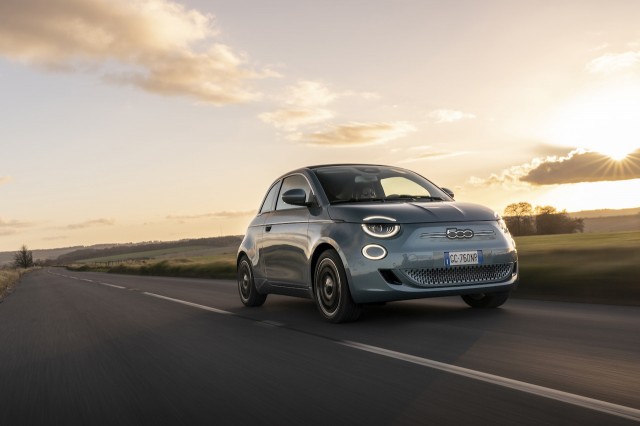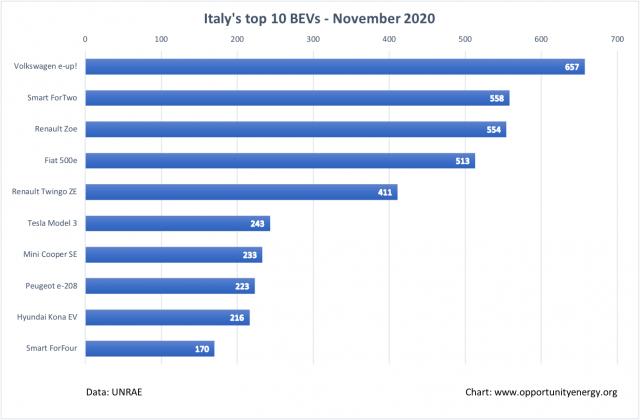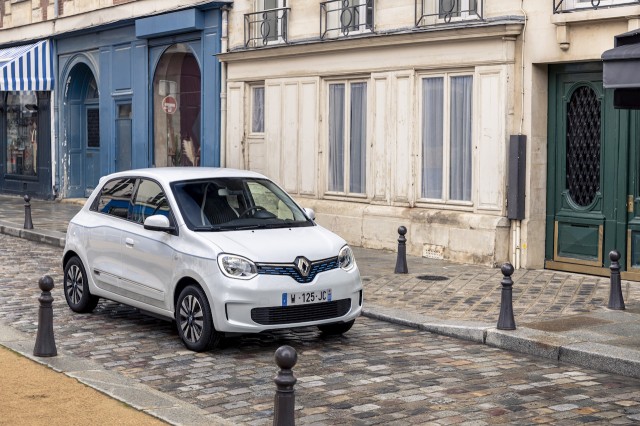November marks yet another fantastic month for the rise of electric mobility in Italy, the fourth largest European car market, as EV sales break records once again. Meanwhile, traditional car sales struggle as their share of fiscal stimulus ends. With more new EVs entering the scene every month, we are likely witnessing a key moment in the ongoing shift to electric mobility in the country.
After a wild ride throughout the year, and in the face of a global health emergency, Italy’s electric car market grows even stronger in November. Unrae data show a consolidating picture, amidst lower overall sales. At less than 140,000 registrations, this month the market is in fact down more than 8% year over year (YoY), compared to the over 152,000 units of November 2019.
Traditional car registrations keep retreating, with petrol and diesel models now making up about 31% and 29% of the market respectively, marking a very bad month for internal combustion engine (ICE) sales. With the recent government incentive scheme‘s limited funds allocated to Euro 6 cars running out, sales start to dwindle. And the electric competition doesn’t help. Plugless hybrids absorb a good part of the ICE fall and now stand at 23% market share, in line with recent months. It is plug-in vehicles, however, that shine the brightest in this month of contrasts.
Full electric cars race to new highs with 4,810 units, reaching 3.4% market share. That’s almost 5 times (!) the sales figures from twelve months ago, when registrations stood at 1,068 units. It is also 20% higher than the previous, recent record set just two months prior in September, when 4,089 units were sold at the end of the third quarter.
Plug-in hybrids follow suit, marking their own new monthly record with 4,940 units, at 3.5% market share, over 5 times the 982 registrations for the same month last year. All plug-in sales combined are now worth almost 7% of the market, a figure that was unthinkable just a few months ago in this particular market, and a big leap from the previous September high of 4.4%. The ongoing enhanced EV incentives, paired with new models and increased visibility with the public are having the same snowballing effect on sales that other European countries are experiencing, albeit at a slightly reduced rate. But things may be about to change.
This month’s records come in fact with the help of brand new models, going straight to the BEV Top 10.
As a bit of a surprise, the soon-to-be retired VW e-up! takes top spot for the first time with 657 units (this model’s own record), probably fulfilling most of the orders left over for the year – it’s unavailable for new orders since September. Smart ForTwo (October’s best seller) follows in second place with 558 registrations, trailed by the Renault Zoe, which closes a familiar podium at 554 units. What follows are instead two very important new entries for the Italian EV market.
In fourth position, the brand new Fiat 500e makes its debut in the home market with 513 registrations. An impressive start for this pricey mini car, that will likely be followed by strong sales in the coming months, as cheaper trims become available. The first mass-market BEV by FCA is not just an important bet for the future of the Italian automaker, but is crucial to improving the visibility and acceptance of electric cars in the Italian market. With plenty of style and all the right specs for its segment, this model alone can on its own act as a powerful electric mobility ambassador for all other existing and upcoming models.
The small Fiat is however not alone in its mission. Renault Twingo ZE also debuts in the Italian BEV market this month, coming in fifth with 411 registrations. Its micro-size and attractive price are perfectly matched with Italian demand, and we can expect this model to become a staple presence among the best sellers, if production rates will meet that demand.
After the two hot new entries, well-known names fill the rest of the chart. Tesla Model 3 takes sixth place with 243 units, not a bad figure ahead of year-end rush. Mini Cooper SE follows in seventh position with 233 registrations, with Peugeot e-208 (223 units), Hyundai Kona EV (216) and Smart ForFour (170) closing a high-density Top 10 chart. Will December stats break new records? We bet so.
Noticeably absent, the VW ID.3 is nowhere to be seen following its September-October appearances. Given its early popularity among other European markets, VW is likely simply directing current production to a few core European countries, ahead of a real push to the rest of the continent.
With a few new hot models now in the mix, Italy’s electric car market is quickly taking a new shape and challenging the status quo. New affordable, compact BEVs from legacy carmakers are entering the scene at a monthly pace and increasing electric cars’ appeal to an ever broader base of consumers. As car-sharing companies in big cities like Turin, Milan and Rome now plan to take advantage of these new models with entirely electric fleets of city cars, it looks like electric mobility in Italy is finally shifting to top gear.









